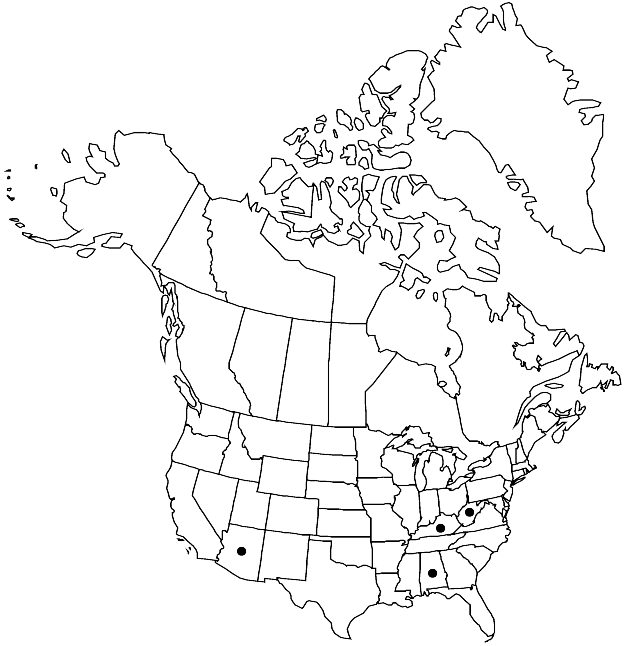Difference between revisions of "Homomallium incurvatum"
Hedwigia 46: 314. 1907.
FNA>Volume Importer |
imported>Volume Importer |
||
| (3 intermediate revisions by 2 users not shown) | |||
| Line 10: | Line 10: | ||
|name=Hypnum incurvatum | |name=Hypnum incurvatum | ||
|authority=Schrader ex Bridel | |authority=Schrader ex Bridel | ||
| + | |rank=species | ||
|publication_title=Muscol. Recent. | |publication_title=Muscol. Recent. | ||
|publication_place=2(2): 119. 1801 | |publication_place=2(2): 119. 1801 | ||
| Line 37: | Line 38: | ||
-->{{#Taxon: | -->{{#Taxon: | ||
name=Homomallium incurvatum | name=Homomallium incurvatum | ||
| − | |||
|authority=(Schrader ex Bridel) Loeske | |authority=(Schrader ex Bridel) Loeske | ||
|rank=species | |rank=species | ||
| Line 52: | Line 52: | ||
|publication year=1907 | |publication year=1907 | ||
|special status= | |special status= | ||
| − | |source xml=https:// | + | |source xml=https://bitbucket.org/aafc-mbb/fna-data-curation/src/2e0870ddd59836b60bcf96646a41e87ea5a5943a/coarse_grained_fna_xml/V28/V28_822.xml |
|genus=Homomallium | |genus=Homomallium | ||
|species=Homomallium incurvatum | |species=Homomallium incurvatum | ||
Latest revision as of 21:38, 5 November 2020
Stems 2–2.5 cm, glossy green or yellowish brown, branches straight. Leaves erect to spreading, homomallous, slightly secund at stem and branch apices, 0.8–1.3 mm; margins erect, entire or finely dentate; apex abruptly slender-acuminate, subulate; alar cells quadrate, walls thin, region extending 1/3 leaf margin; distal laminal cells 25–40 × 4–7 µm, walls thin. Seta reddish, 0.5–1.5 cm. Capsule reddish, 1–1.5 mm. Spores 10–12 µm, minutely papillose.
Phenology: Capsules mature summer.
Habitat: Calcareous rock in forests, rarely on deciduous trees
Elevation: low to moderate elevations
Distribution

Ala., Ariz., Ky., W.Va., Europe, Asia, Australia.
Discussion
H. A. Crum and L. E. Anderson (1981) questioned the presence of Homomallium incurvatum in North America, as no voucher collections were available at that time. Since then, specimens have been collected in four states.
Selected References
None.